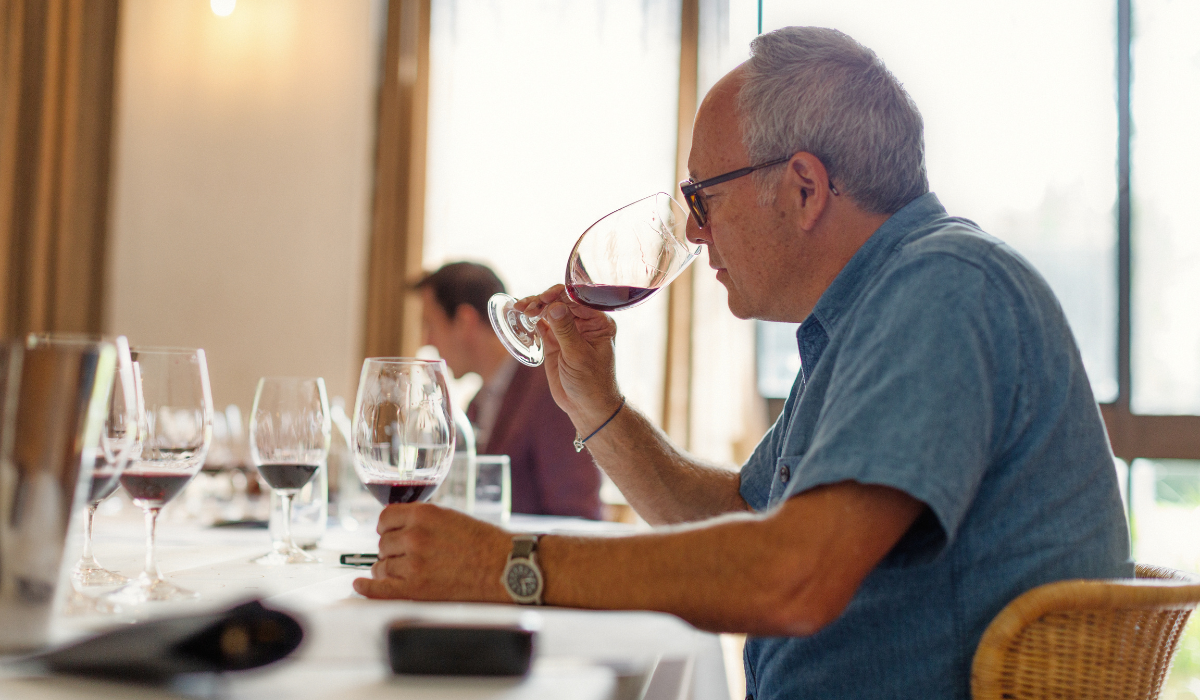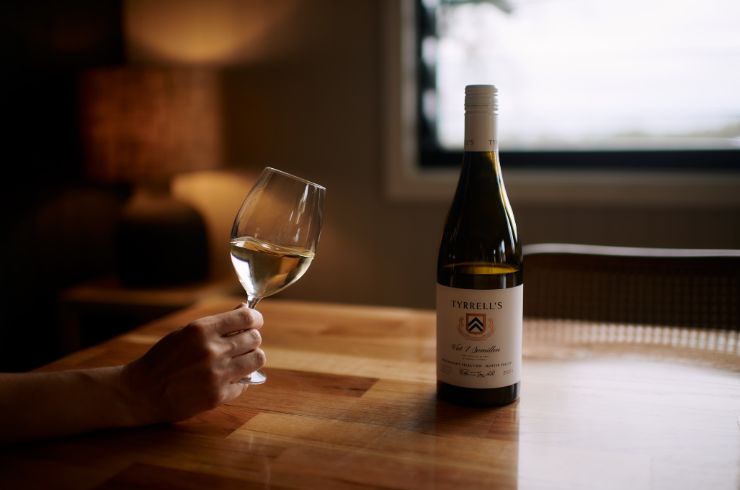We are living in a golden age for Australian wine. Through a combination of older vines, better technical skills, a greater awareness of climate and terroir and a deeper understanding of the global wine market, we have entered what Stephen Pannell from McLaren Vale calls the third wave of winemaking.
Wave one came in the first half of the 20th century, when pioneering Australian winemakers such as Maurice O’Shea and Max Schubert returned from stints in Europe armed with the skills to make high-quality wines. O’Shea went on to found the Mount Pleasant vineyard, Schubert to create Grange Hermitage, and both at a time when Australians drank far more fortified than table wine.
The second wave came in the late 20th century, when Australia placed more emphasis on winemaking and varieties than on the vineyard, and when local winemakers developed a reputation for technically correct wines which occasionally lacked individuality. As we settle into the 21st century, our best winemakers are far more interested in terroir. These third wave producers know that a sense of place is as important as grape variety. They also understand that certain grape varieties are more suited to some climates than others, hence the explosion of single vineyard wines over the last 15 years.

Grenache is one of the most exciting varieties in Australia at the moment.
Which brings me to this year’s Awards judging for the Halliday Wine Companion and what was, for me, one of, if not the most, exciting brackets of wine: The line-up of grenache and grenache blends. It highlighted a couple of things. The first is that grenache, which has played second fiddle to shiraz for so long, is one of the most exciting varieties in Australia at the moment. And secondly, that McLaren Vale has become, over the last 10 or so years, one of Australia’s most exciting and innovative wine regions.
And while the shift away from the high octane, alcoholic wines that were far more the norm in McLaren Vale to wines that are now better balanced and, as a result, far more drinkable is symptomatic of what has been happening in Australian over this same period, what’s also emerged over the last decade is the growing interest (spearheaded by Stephen Pannell) in varieties suited to McLaren Vale’s warm Mediterranean climate.
A study conducted eight years ago by researchers at the University of Adelaide and Université Paris Diderot, comparing the Mediterranean climate in McLaren Vale and Roussillon in France, concluded that McLaren Vale is leading the world in adapting to climate change. This included local initiatives such as the recycled water scheme for irrigation, and the planting of Spanish and Italian varietals such as tempranillo, touriga, nero d’Avola and drought-resistant white varieties such as vermentino, fiano and albariño.
Philip Rich at the Halliday Wine Companion Awards judging in March 2022.
Indeed, there are now over 70 grape varieties growing in McLaren Vale and nearly 40 per cent of all vineyards planted are certified organic or biodynamic. No one would have predicted this twenty five years ago. Not surprisingly, in 2021, McLaren Vale’s Hither & Yon became the state’s first carbon-neutral winery, having met the requirements of Climate Active; a partnership between the Australian Government and Australian businesses to encourage voluntary climate action.
But of all these Mediterranean varieties, though, it’s grenache (which, it should be remembered is the Spanish variety, garnacha) that still reigns supreme. McLaren Vale has long been a source of outstanding old vine grenache and it’s the proliferation of mainly single vineyard wines that are both beautifully balanced yet still concentrated and structured that deserve to find an even wider audience.
In March, there were six wines in the taste off for Grenache (and Blends) of the Year and it’s a sign of the times that two of the wines were from Frankland River (the Swinney Farvie Grenache 2020) and the Yarra Valley. Indeed, the Yarra wine, Serrat’s Grenache Noir 2021 was one of my wines of the year and did well to finish equal second (on points) in the judging. As I wrote in my review, “it’s remarkable to think a grenache of this quality can be made in the Yarra”.
The equal-second top wine and the eventual winner both came from McLaren Vale and it’s no surprise that they are both made from old vine, primarily Blewitt Springs, grenache. I loved the Yangarra Ovitelli Grenache 2020 (you can read Ned Goodwin’s spot on review here). Made from a biodynamically farmed block planted in 1946 and fully destemmed, this wine was fermented and matured in 675L ceramic eggs, further illustrating just how far this region and many of its producers have come. The result is a wine with superb purity of fruit and a real elegance to balance the varieties natural richness.
As to the winner, Chalk Hill’s Alpha Crucis Old Vine Grenache 2020 is another superb rendition of old vine McLaren Vale grenache which has been handled sensitively in the winery. Sourced mainly from almost 90-year-old bush vines in Blewitt Springs (with a barrel of grenache from 50-year-old vines from Seaview) this was fermented with 10 per cent whole bunches and was matured in older French oak. A little richer and more powerful than the Yangarra, as James Halliday writes in his review, and which I’m in total agreement with, this “gorgeous, juicy and mouth-watering medium-bodied wine has both precision and purity”.
Sign up to view these tasting notes and ratings
By becoming a member of Wine Companion, you'll have access to the largest database of wines in Australia.




